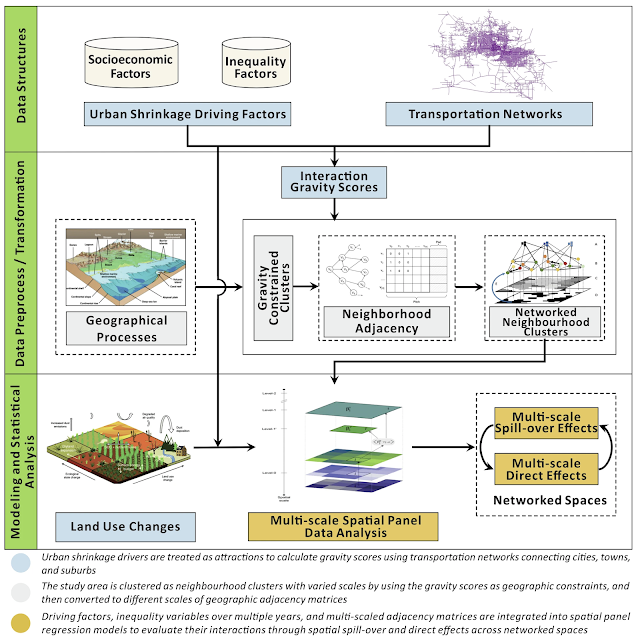For example, in the editorial we discuss how GenAI could speed up the overall urban modeling process. To demonstrate this we show how ChatGPT (and its built-in coding interface Canvas) can take published papers and build agent-based models from them (one being of an abstract space and another being spatially explicit).
However, while model building is time consuming task, another challenge modelers face is how to incorporate decision making within them. To this end we also discuss how large language models (LLMs) have the potential to help with agent-decision making in the form of generating agent-personas or scheduling agent activities.
We conclude the editorial with a series of questions: how will GenAI impact urban modeling? Will it open up the field to more people without the need for strong coding skills? Will we see growth in using LLMs for generating behavior? Will GenAI lead to a new generation of modeling toolkits? While these are only a short list of questions, they also raise concerns that relate back to some of the more thorny issues of urban modeling, that of verification and validation.
If this sounds of interest you can read the full editorial here.




